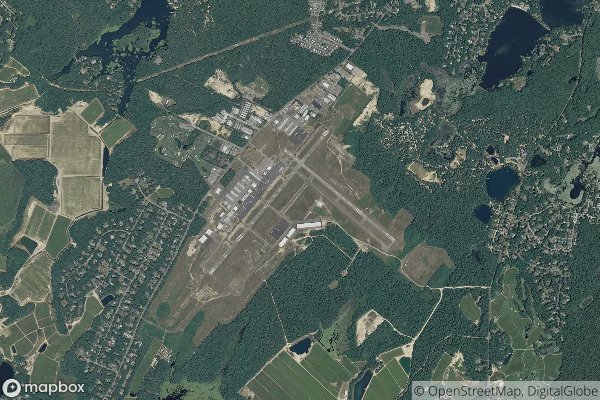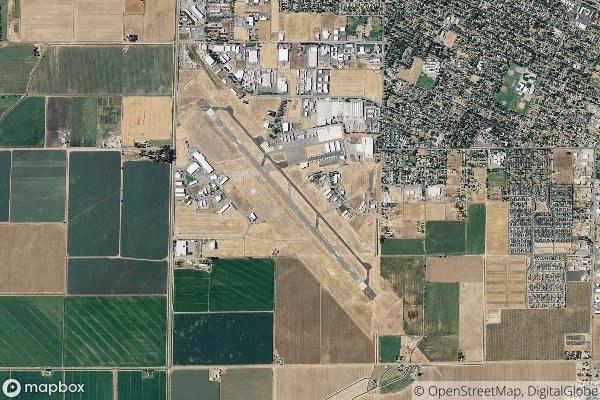| Location | Kalamazoo, Michigan, USA |
| ICAO code | KAZO |
| IATA code | AZO |
| Major airlines | Delta Connection, American Eagle, United Express |
- See here the complete List Of All Airports In United States with Codes.
Understanding AZO/KAZO Airport Code (Structure of Airport Codes, Challenges and Confusions)
When we travel by air, we often come across three-letter codes for airports, which are used for easy identification and communication. These codes are known as airport codes, and they play a crucial role in aviation operations. One such airport code that may seem confusing to some travelers is AZO/KAZO.
Decoding Airport Code
The AZO/KAZO airport code represents the Kalamazoo/Battle Creek International Airport, located in Kalamazoo, Michigan. The airport has a dual code, with AZO being the International Air Transport Association (IATA) code and KAZO being the International Civil Aviation Organization (ICAO) code.
These codes are designed to simplify the communication between airlines, airports, and air traffic control. They help in the efficient handling of flight operations and the tracking of aircraft movements. The IATA and ICAO codes also aid in ticketing, baggage handling, and overall airport management.
Operational Significance
The use of AZO/KAZO airport code is crucial for aviation operations. It allows pilots, air traffic controllers, and ground staff to easily recognize the airport and its location. When a pilot communicates with air traffic control, they use the airport code to convey their position, destination, and other essential details.
For passengers, the airport code helps in identifying the correct airport when booking flights or checking in for a journey. It ensures that they are headed to the right destination and that their baggage is appropriately routed.
History of Airport Codes
The history of airport codes dates back to the 1930s when the aviation industry began to expand rapidly. Initially, two-letter codes were assigned to airports, but as air travel grew, the need for a more extensive identification system arose. This led to the introduction of the three-letter codes that we use today.
The assignment of airport codes follows a specific structure, often based on the city or airport name. However, some codes may seem unrelated to their respective locations, leading to confusion for travelers. In the case of AZO/KAZO, the code may not immediately indicate the airport’s name or location, but it is a unique identifier within the aviation industry.
In conclusion, understanding the structure and significance of AZO/KAZO and other airport codes can benefit both aviation professionals and travelers. These codes facilitate efficient communication and operations within the aviation industry, ensuring the smooth flow of air travel worldwide.
By knowing the airport code, passengers can easily locate their destination and ensure a hassle-free journey. As the aviation industry continues to evolve, airport codes will remain an essential aspect of air travel.



